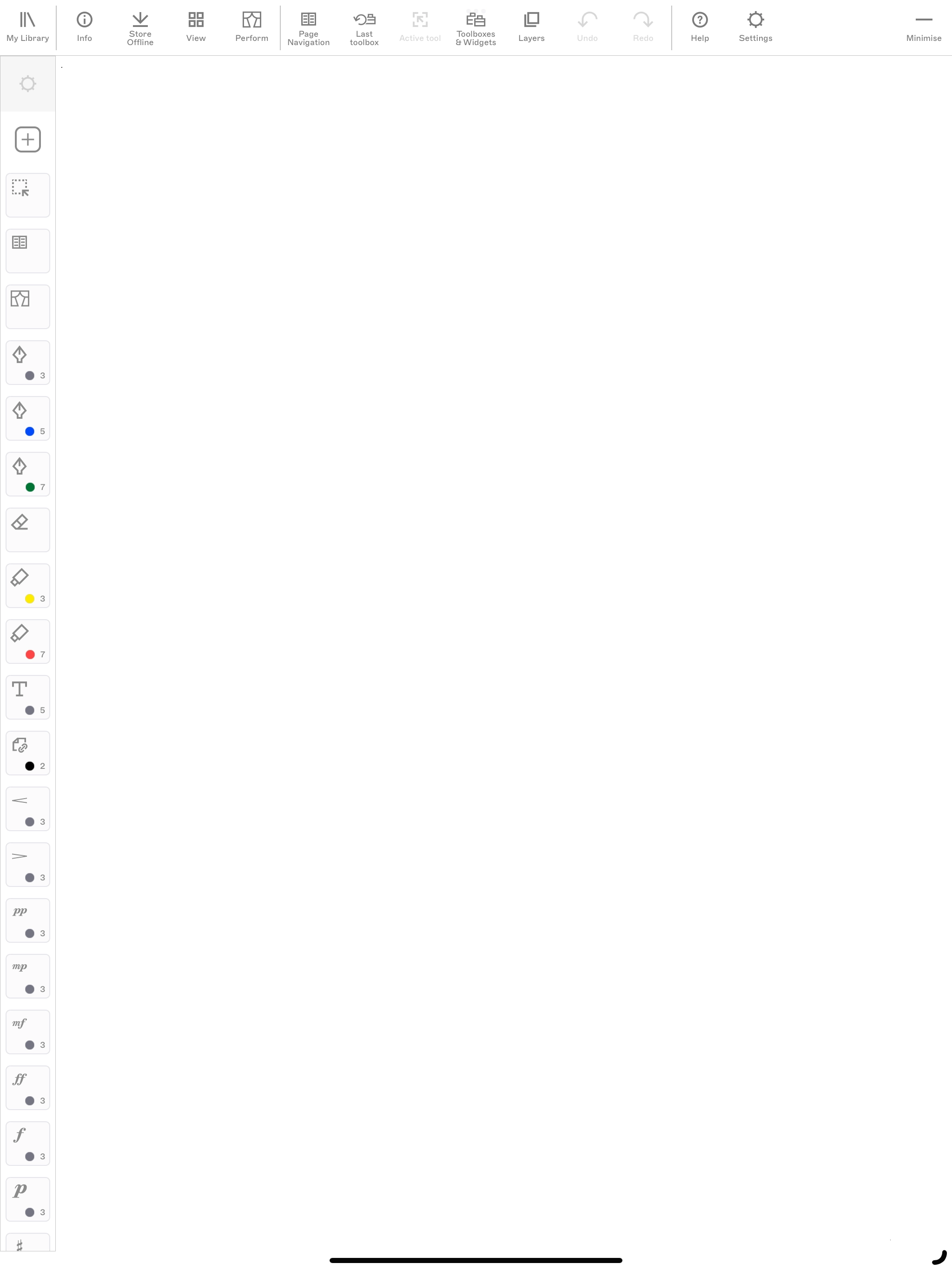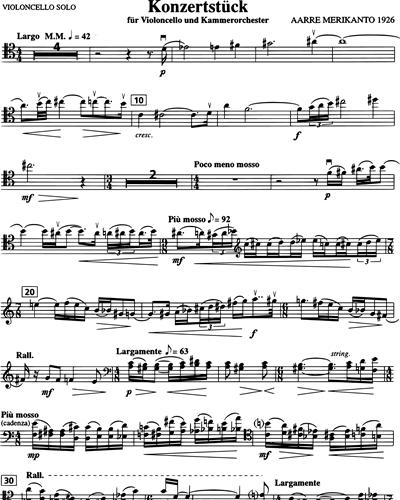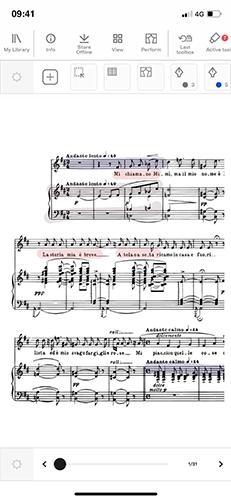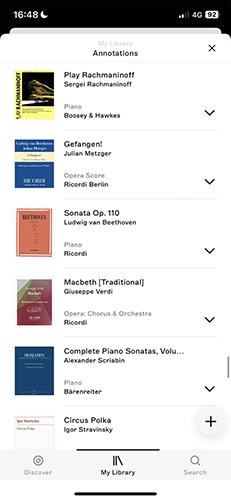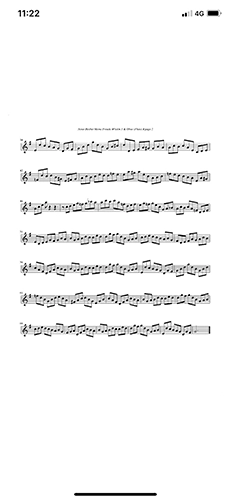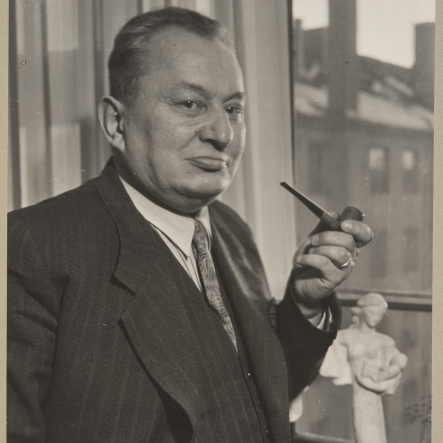
Aarre Merikanto
7 pieces at nkodankoda sheet music library
over 100k editions from $14.99/month
Hassle-free. Cancel anytime.
available on
nkoda digital sheet music subscription


Editions
Annotate
Library
Perform
100k+ available Editions
More about Aarre Merikanto
Aarre Merikanto was a composer and teacher and the son of Oskar Merikanto. He studied composition at the Helsinki Music Institute (later Sibelius Academy) with Erkki Melartin, completing his studies at the Leipzig Conservatory with Max Reger (1912–14) and at the Moscow Conservatory with Sergei Vasilenko (1915–16). Merikanto was teacher at the Sibelius Academy where he was later appointed Professor of Composition. Most Finnish composers born between the world wars were students of his, and his influence was strongly felt. Aarre Merikanto’s father was a celebrated organist and composer, and musical training was given at home from a young age. Merikanto wrote his first works during his teenage years. In Leipzig he continued his studies in counterpoint and in Moscow he heard Skrjabin’s music and was greatly influenced by its harmony and tone colours. His own musical language possessed initially a strong attachment to modernism and was influenced by chromatic polyphony, Russian mysticism and the rhythms of Finnish folk dance. His output divides into three stylistic periods: modernist (1921–33), national Romantic (1934–50) and a synthesis of both (1951–58). Merikanto’s most significant creative period was in the 1920s, when he produced many notable works and gained some international success. His style of this time was a blend of late Romantic, Impressionist and Expressionist elements, with a greater rhythmic complexity and harmonic chromaticism than the Sibelian tradition of the time. It met with bewilderment in Finland, and his music was largely passed over in silence as Merikanto’s contemporaries were working in strictly tonal idioms, and his Central European modernist style was unusual in Finland. Some works of this period began to be appreciated and performed only in the late 1950s and 60s. Merikanto changed his style radically in the mid-1930s, and Kyllikin ryöstö (The Abduction of Kyllikki, 1934) is the turning-point between his modernist and national Romantic periods. The reasons for the stylistic change were connected with the cool reception accorded to his previous works, the general change in cultural atmosphere, and Merikanto’s declining health. In the 1940s Merikanto composed mainly small-scale music but later developed a new interest in composition after being appointed as Professor of Composition at the Sibelius Academy. At the time he wrote his Third Piano Concerto (1955).

Aarre Merikanto sheets music on nkoda
Edition/Parts
Composer/Artist
Part
Source
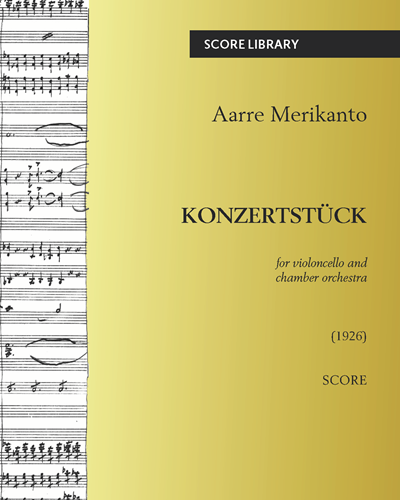
Konzertstück
Aarre Merikanto
Cello & Ensemble
Fennica Gehrman

Intrada
Aarre Merikanto
Orchestra
Fennica Gehrman
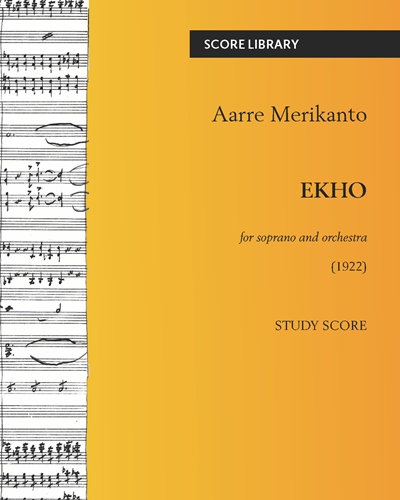
Ekho
Aarre Merikanto
[Solo] Soprano & Orchestra
Fennica Gehrman
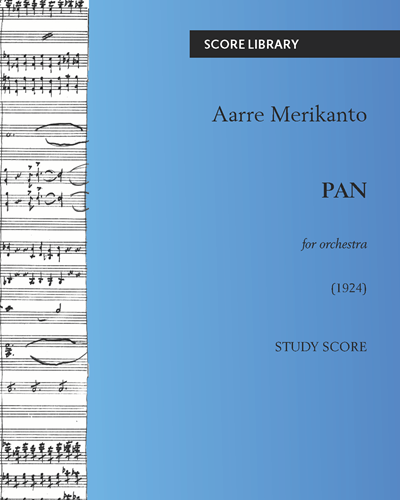
Pan, op. 28
Aarre Merikanto
Orchestra
Fennica Gehrman
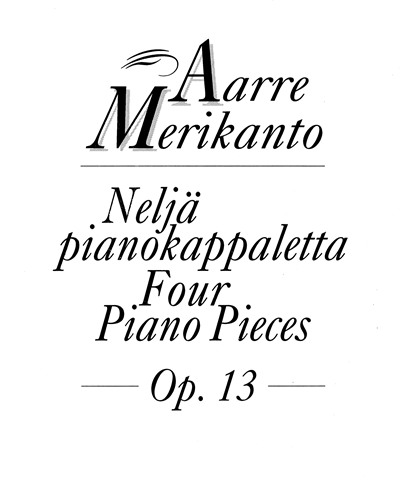
Four Piano Pieces, op. 13
Aarre Merikanto
Piano
Fennica Gehrman
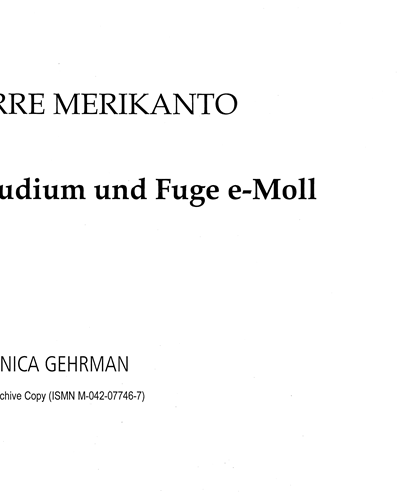
Prelude and Fugue in E minor
Aarre Merikanto
Organ
Fennica Gehrman
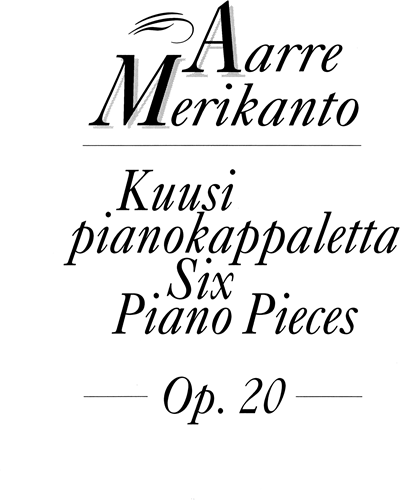
Six Pieces for Piano, op. 20
Aarre Merikanto
Piano
Fennica Gehrman
INSTITUTIONAL PARTNERS
PUBLISHERS PARTNERS
TESTIMONIALS

